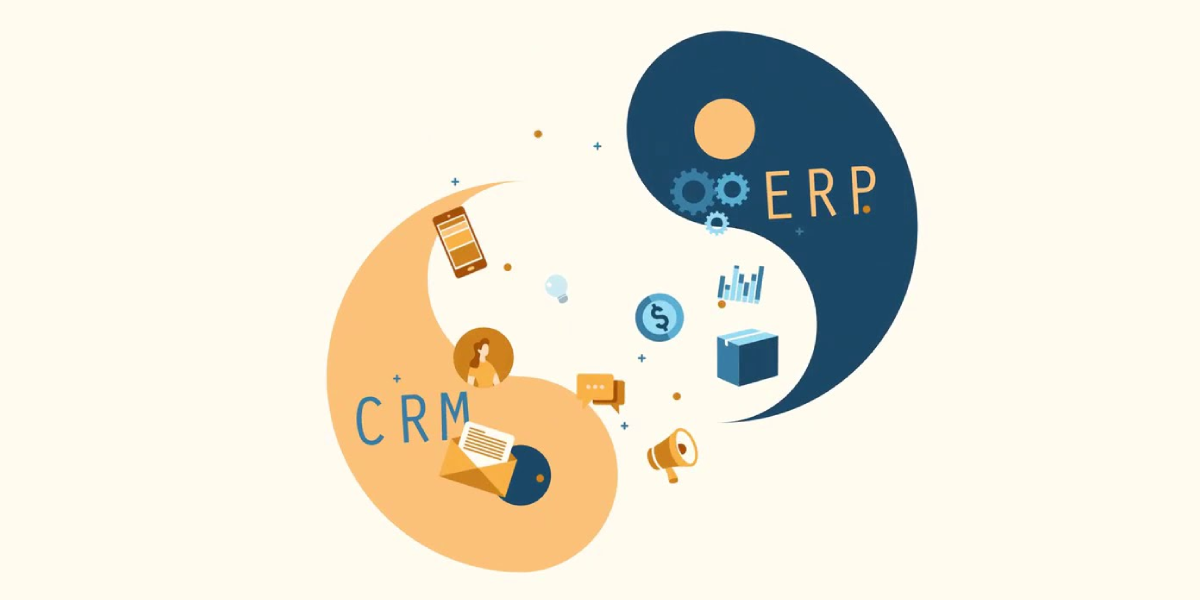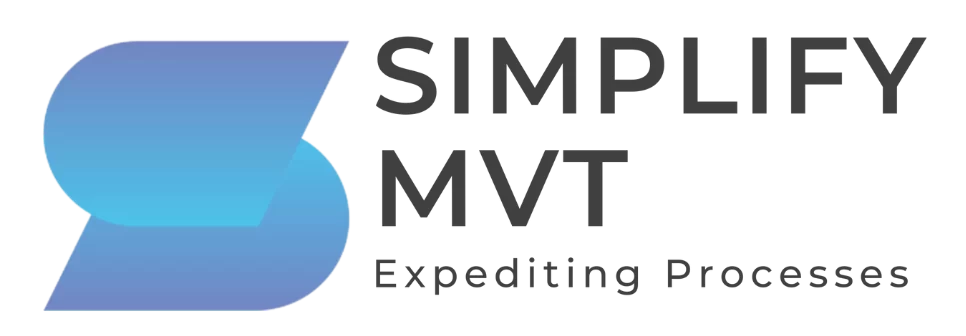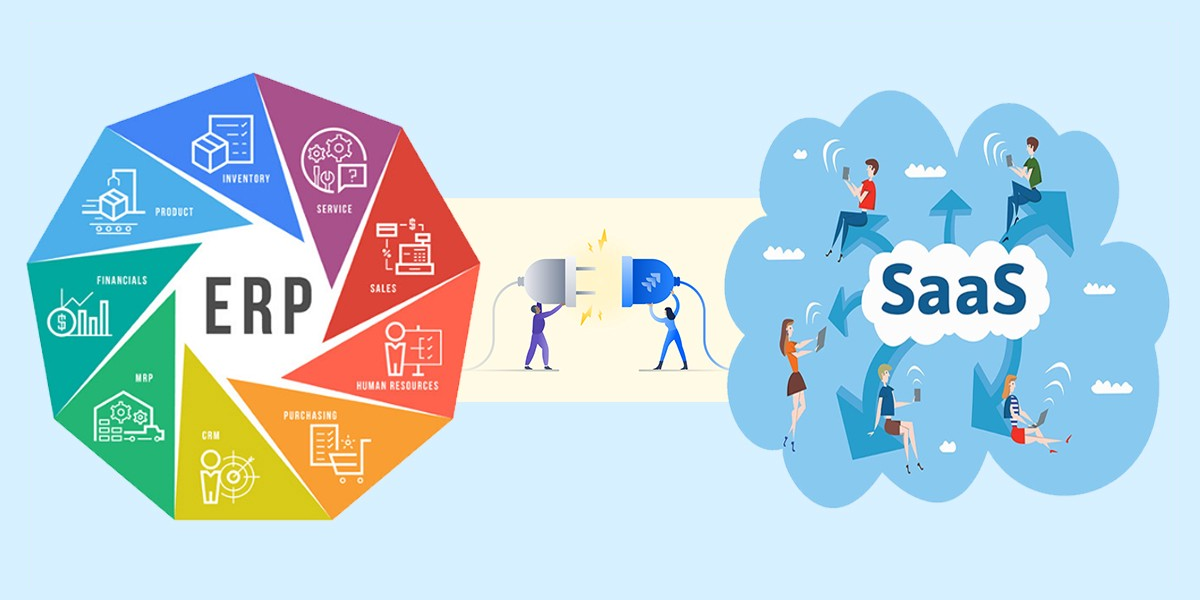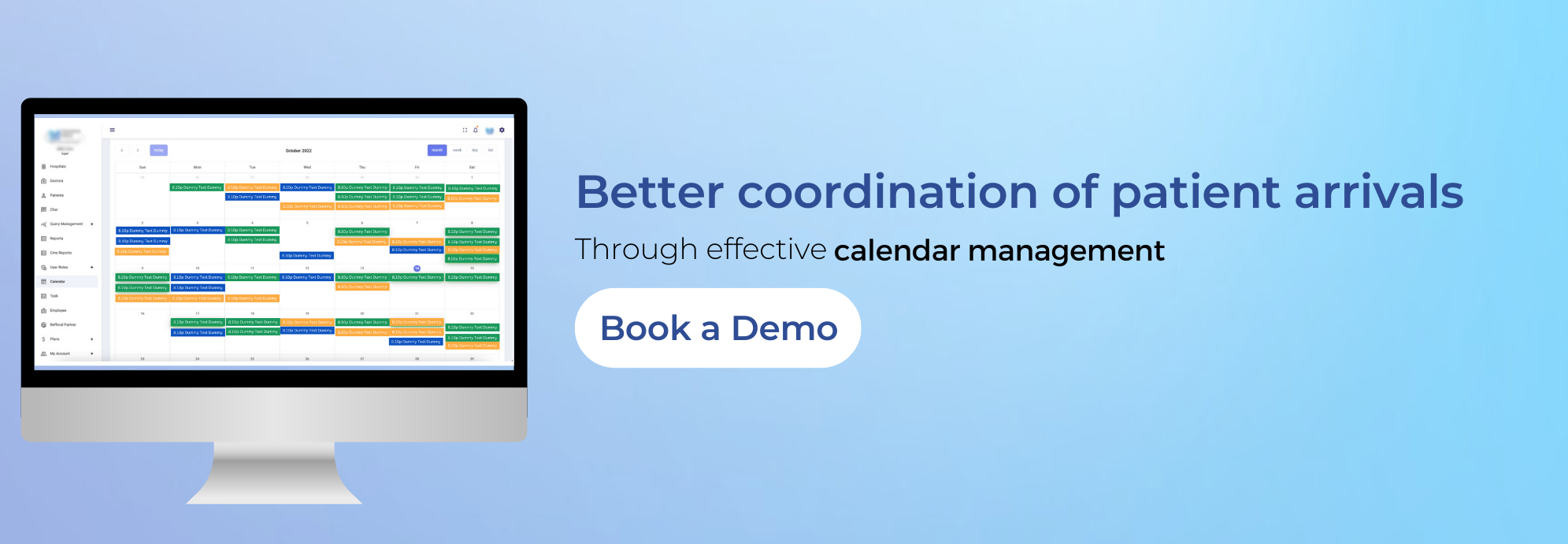SaaS, CRM, and ERP are three key business terms you need to understand. SaaS stands for Software-as-a-Service, and is a model of software delivery where applications are hosted by the vendor and licensed on a subscription basis. CRM stands for Customer Relationship Management, which is a software used to organize customer data and interactions. Lastly, ERP stands for Enterprise Resource Planning and is a type of integrated business software designed to manage multiple lines of business processes.
What is SaaS (Software as a Service)?
SaaS (Software as a Service) is a type of “rental” that allows customers to take advantage of the latest version of the application without worrying about maintenance and updates. The SaaS model also teams up users with their service provider for greater collaboration, allowing for quicker problem-solving capabilities.
What is CRM (Customer Relationship Management)?
Customer Relationship Management (CRM) is a system designed to manage customer interactions and relationships. It helps businesses build stronger relationships with their customers, increase customer satisfaction, and differentiate themselves in the market. CRM systems can be used to store and analyze data like contact information, customer service conversations, demographics of customers, and sales leads. This type of technology can also track activities such as website visits, email communication, and social media engagement.
What is ERP (Enterprise Resource Planning)?
Enterprise Resource Planning (ERP) is a system that allows a business to manage its key operational processes, such as sales, purchase, inventory management, accounting, and customer service. An ERP helps companies get better visibility into their finances and operations by providing an integrated platform from which a company can make data-driven decisions based on real-time analytics. Furthermore, most ERP systems allow for scalability depending on the company’s needs.

Benefits of Implementing SaaS, CRM and ERP Solutions
The benefits of implementing SaaS, CRM, and ERP solutions include improved customer relations through personalized customer service, increased productivity from streamlined operations, reduced costs by automating tedious processes, better data accuracy for more informed decision making, strengthened business processes to improve profitability, and enhanced visibility into the entire supply chain. Additionally, implementing SaaS, CRM, and ERP can help companies comply with legal requirements such as tax regulations and industry standards.
Best Practices for Choosing the Right SaaS / CRM / ERP Solutions
When selecting the right Software-as-a-Service (SaaS), Customer Relationship Management (CRM), and Enterprise Resource Planning (ERP) solutions, there are several best practices to consider. Consider different vendor options and do research to determine which fits your needs best, evaluate features and compare pricing structures, read customer reviews and feedback, ensure that the applications fit into your existing infrastructure, look for scalability and flexibility, assess the security of the systems you are using, and review available support options.
Conclusion
SaaS, CRM, and ERP are three essential business terms that can help businesses streamline their processes and improve customer relations. By understanding the differences between these three terms and the benefits that come with each one, businesses can make more informed decisions when selecting the right software solution for their needs. With SaaS, businesses can access their applications and data remotely and pay a monthly fee, while with CRM they can better organize customer data and interactions. ERP systems can help businesses manage multiple lines of business processes and improve the efficiency and accuracy of their operations.
Click Here to try a 7-day free trial and book a demo to learn more



